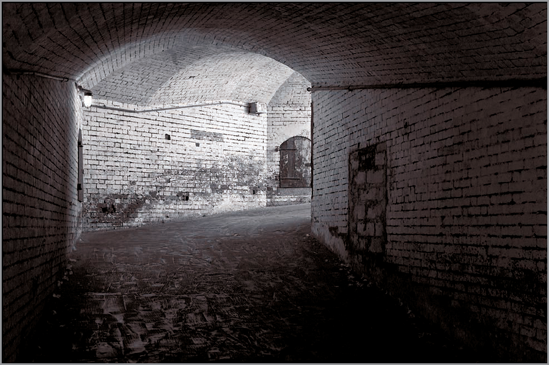Chapter 4. MEASURING YOUR EXPOSURE

A camera produces a picture by capturing light reflected from a subject and recording it on the camera's photosensitive recording media — whether it's film in a traditional camera or the combination of a digital image sensor and storage device in a digital camera. That photosensitive media must be exposed to a precisely controlled amount of light in order to render the subject appropriately.
If you take photographs only of average subjects with standard illumination, the camera could be preset to deliver the proper amount of light to the image sensor each time you press the shutter release, without any manual or automatic adjustment ever being needed. In fact, that's exactly the premise behind disposable cameras. Everything is preset for a typical snapshot, either a typical outdoor scene in direct sunlight or an indoor subject about five feet from the camera's built-in flash. Such a camera is inexpensive to manufacture because it's simple — there's no focusing mechanism and no exposure adjustments. However, these cameras cannot adapt to changing lighting conditions. The camera takes successful pictures only when the subject and lighting conditions match its preset exposure parameters. Other pictures "don't come out" because of "subject failure," which means that the subject didn't conform to the very limited conditions for which the camera was designed. ...
Get Exposure and Lighting For Digital Photographers Only now with the O’Reilly learning platform.
O’Reilly members experience books, live events, courses curated by job role, and more from O’Reilly and nearly 200 top publishers.

